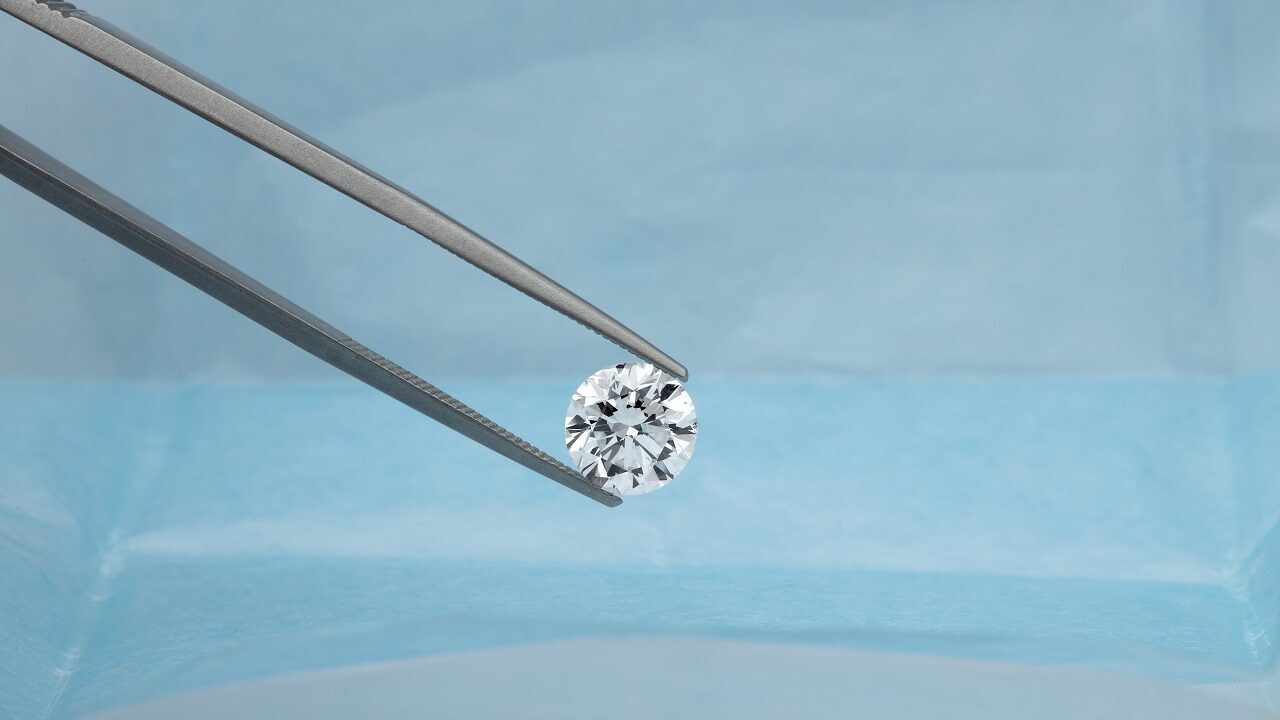The steady barrage of negative economic news has dealers concerned about the impact on business.
While holiday 2022 did not meet expectations, wholesalers report a good year overall and remain optimistic about weathering the challenges of 2023. However, they worry about consumer confidence.
New York: Ensure cash flow
After over 35 years in business, Yoni Nitzani cites 2022 as the “second-best year” — after 2021 — with sales “on fire” leading into the last quarter. While the holiday season was “not strong on the wholesale level,” he says, most of his retail clients report being satisfied with their sales.
Nitzani, owner of New York-based wholesaler Polo Gem Co., senses a reluctance among retailers to “buy assets” — they prefer to purchase on consignment. “Even if you’re doing well, there is no escape from talk of recession, inflation and slowdown. Retailers fear tying up their money in inventory,” he explains.
Studs at 2 carats and up were great sellers over the holiday, he says. Nice-make fancies remain very strong and command a good price. But he believes the market is “somewhat saturated” with rounds.
His strategy is to keep inventory levels high while ensuring a positive cash flow to take advantage of buying opportunities. He anticipates better prices on rounds from small- and mid-sized manufacturers that face liquidity issues.
Nitzani is bullish on 2023. “I think we are going to have a good year. Even if we hit a slowdown, it won’t be drastic, and it won’t last long.”
Houston: Customer centricity
At Union Gems in Houston, Texas, “the traditional rush of holiday gifting never materialized,” says sales director Gaurav Khandelwal, aka GK. Sales in December approximated those of an “ordinary month,” he reports. Furthermore, it was an “unusual” season that saw sales of bigger diamonds — 3 carats and up — throughout the fall, much earlier than anticipated.
Khandelwal, whose company specializes in fine-make diamonds, says sales are still good and are “historically better than 2018 and 2019. But it’s not 2021 anymore.”
He also notes that “industry business models are evolving. We saw a tremendous amount of business done in the last two years. And the pervasiveness of lab-grown is not going away.” That segment, he says, is “eating a significant share” of the diamond business.
As for the future, “it’s a tricky time to forecast,” he reflects, citing inflation, a down stock market, and people spending a lot of money on “revenge travel.”
In a strategy shift to a “higher level of customer centricity,” Khandelwal is working even more closely with clients. Greater efforts to “personalize our offerings to the needs of each store by understanding their retail clients will result in a stronger and more targeted collaboration that will be beneficial to both of us,” he elaborates.
Overall, he says, “I think we’ll be okay through the first quarter. Even if there is a recession later in the year, there will still be engagements, anniversaries, and other celebrations. We’ve been through this
cycle before.”
Scottsdale: Keep expenses low
Ralph Mueller echoes Khandelwal’s sentiments regarding the holiday season.
“We had a few large holiday sales, but overall, people held off buying. December wasn’t much better than a normal month,” says the founder and owner of Ralph Mueller & Associates in Scottsdale, Arizona.
Mueller attributes the “quieter” tone of business to the economy and the “predicable post-Covid-19 reality that people would spend their money on experience-based purchases, rather than on buying jewelry.”
His company specializes in diamonds, colored stones, and jewelry, and he buys almost exclusively on the secondary market. Mueller points to the greater availability of items in that channel as a further indication of economic unease.
He is looking toward the AGTA GemFair Tucson as a barometer for 2023. “I don’t think we’ll see the same attendance as in the past. The people who go will have had a successful holiday and need to replenish their inventory,” he says.
“I always begin with the best intentions, but business could be down by between 15% and 20%,” he adds. “The key is to keep expenses low. When business is slow, we buy better, and when business is brisk, we sell better. Sometimes we can make more money in a down economy.”
Image: A polished diamond in tweezers. (Shutterstock)



